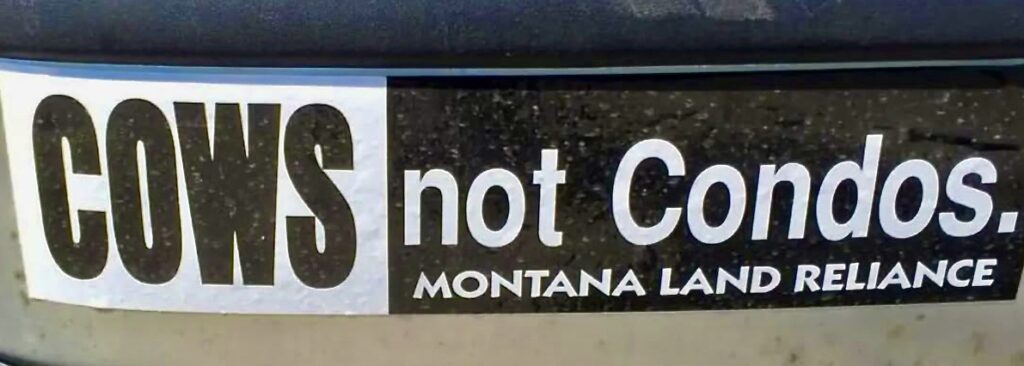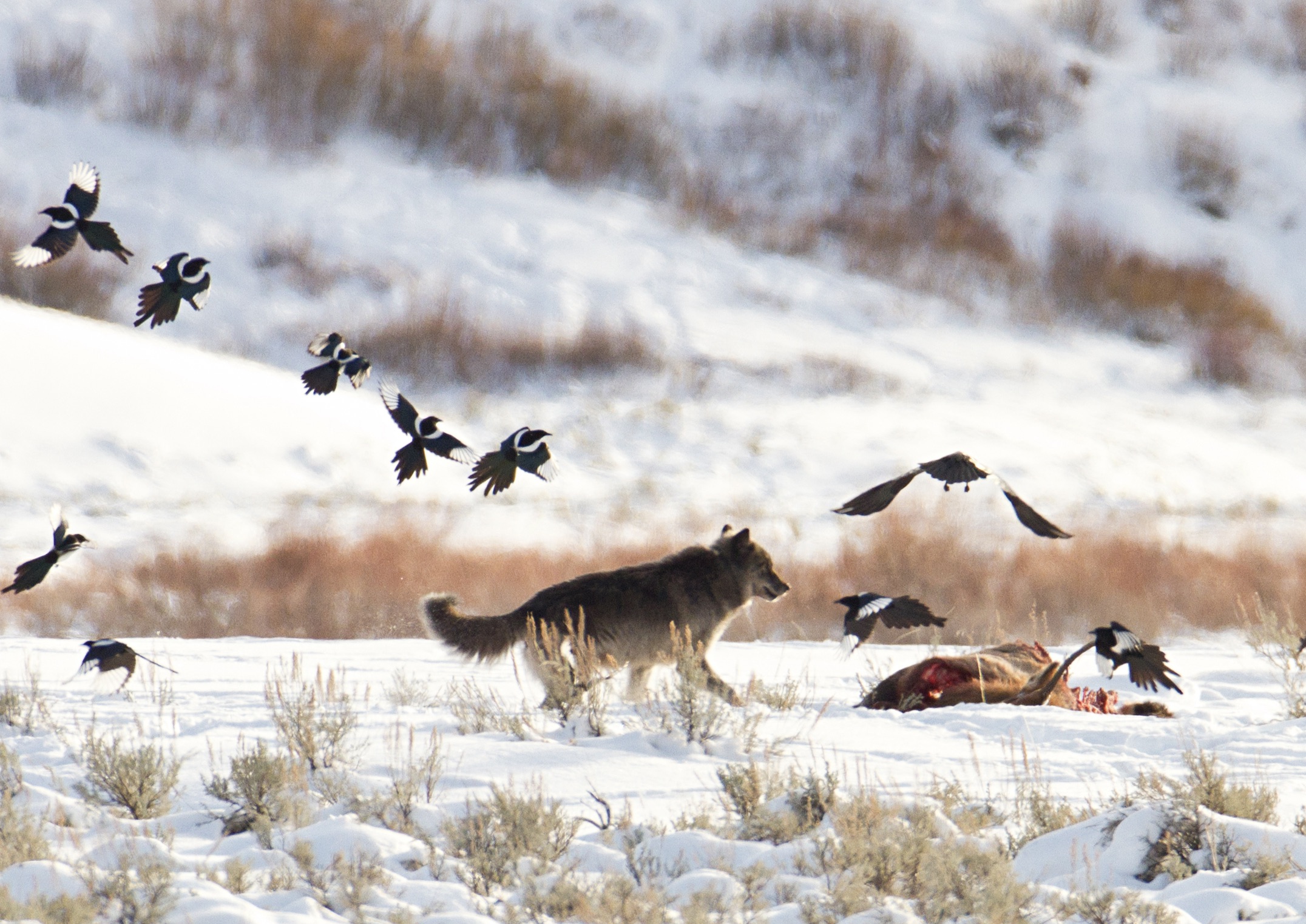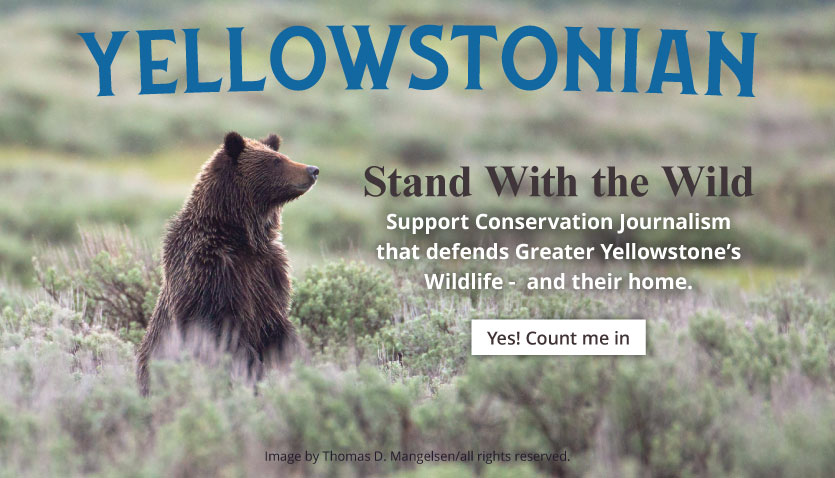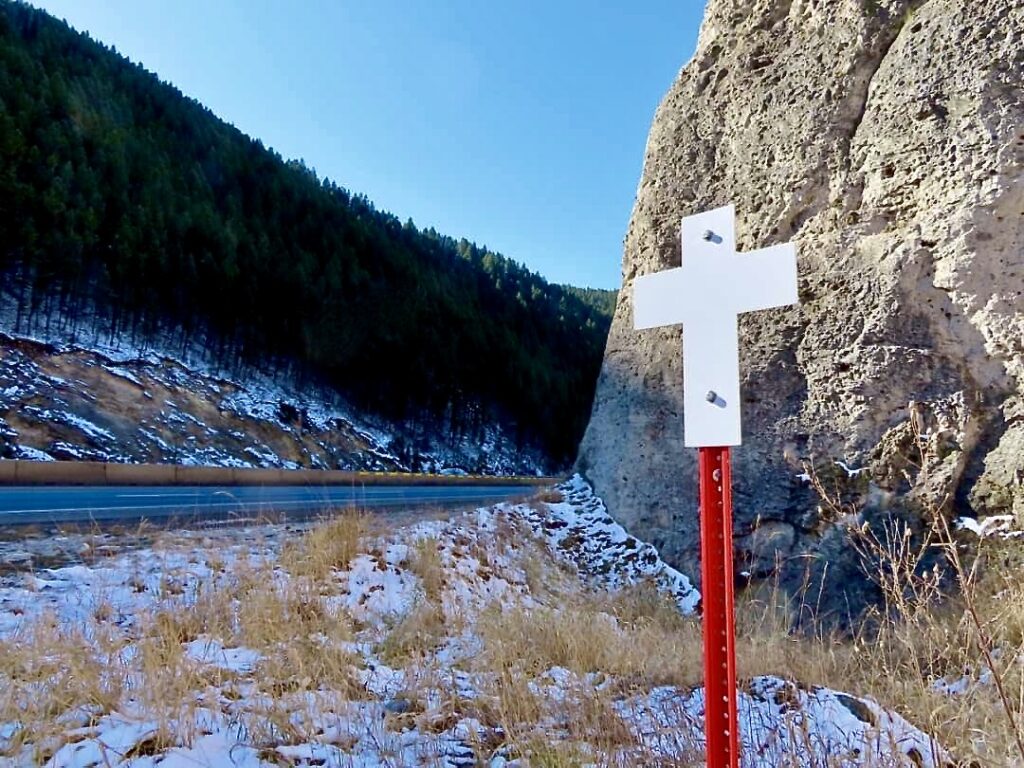We at Yellowstonian express our sincere sympathy for the millions of Americans in every sector of our society now experiencing economic and social turbulence as a result of the Trump Administration’s new policies. Will they achieve the results being promised?
With regard to the bioregion we focus on, the Greater Yellowstone Ecosystem, as well as the Northern Rockies and areas that still qualify as the naturally-wild West, our attention is fixed foremost on the future of public lands, the institutional framework of devoted civil servants, adequate funding and environmental laws essential to their stewardship, and, of course, the role that natural and working private lands play in perpetuating the health of our world-class wildlife and its valued rural communities.
We have a question that we invite our readers to mull over. Despite the huge challenges facing working class families, legislators in the three Greater Yellowstone states of Montana, Wyoming and Idaho have devoted, at least it seems to us, a disproportionate amount of time and energies aimed at controlling or dramatically reducing populations of wildlife carnivores—namely wolves and mountain lions. There also have devised legislation intended to reduce grizzly bear numbers if bears are removed from federal protection. And states have entertained referenda that would support the transfer of federal public lands to state control and thereby allow for them to be sold to the highest private bidders.
Considering all of this, we pose this question: how many farmers and ranchers, struggling to make ends meet and pressed to the very edge of economic viability, have or will be put out of business by the presence of gray wolves? By comparison, how many farmers and ranchers, stuck in the same dire economic straits, will have their viability jeopardized by sweeping tariffs recently announced by President Trump, which in turn attracted retaliatory tariffs from other nations that have been importers of American-raised beef, lamb wool, and food crops?

Where do members of the Congressional Delegations in Montana, Wyoming and Idaho stand on tariffs? Click on this link for a statistical overview, provided in January 2025, of how much beef, pork and other ag products are exported to China/Asia, Europe, Mexico and other major trading partners. This was prior to the announcement of tariffs. The headline in one local story, based on interviews with cattle producers in Nebraska, reads: “Beef industry unbothered by market crash following Trump’s tariffs.“
President Trump has said his tariffs will result in a new golden age of prosperity and that the negative impact of tariffs may take two years before they yield benefits. How many of the thousands of farmers and ranchers raising millions of cattle and sheep in the wolf-inhabited West will, in two years’ time, report that lobos drove them from the land vs. the macro economic challenges being visited upon them?
The viability of working ranches and farms matters mightily, not only in preserving rural communities, but in preventing exurban sprawl and development that is causing huge financial burdens for counties and taxpayers, causing concerns about water, the viability of wildlife and habitat, and treasured open spaces central to the identifies of Westerners.
Below is a recent interview with Secretary of Agriculture Brooke Rollings from the great state of Texas who was asked about the impact of tariffs.
Western Ag Network reported that US exports of beef to China have been reduced by 90 percent since the middle of March. Moreover, Montana sends lots of calves to feedlots in Canada, which is also facing uncertainty. US Sen. Steve Daines appeared as a guest on the Western Ag Network podcast. Daines now faces a bind: remaining loyal to Trump while also having to defend the rationale of tariffs to Montana ranchers, some of whom could be hit hard. Many ranchers and farmers say they had no warning.
Will the Trump Administration and Daines down the road call for a taxpayer-supported government bailout to help farmers and ranchers hurt by Trump’s trade policies that Daines is supporting? Here, below, is video of what Daines said.






